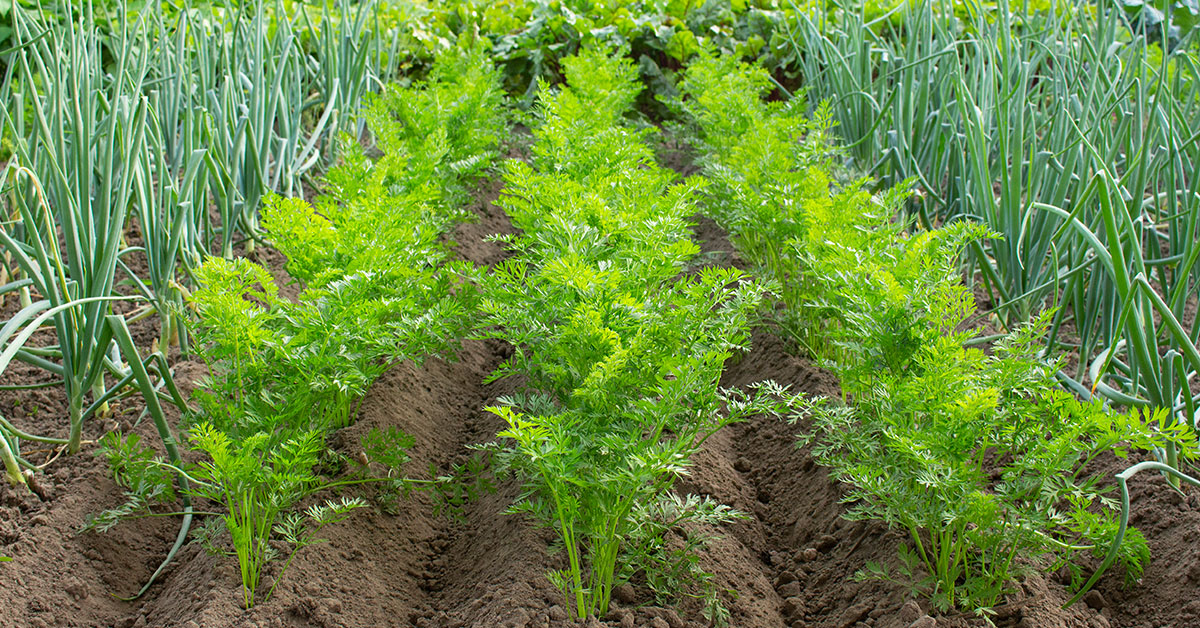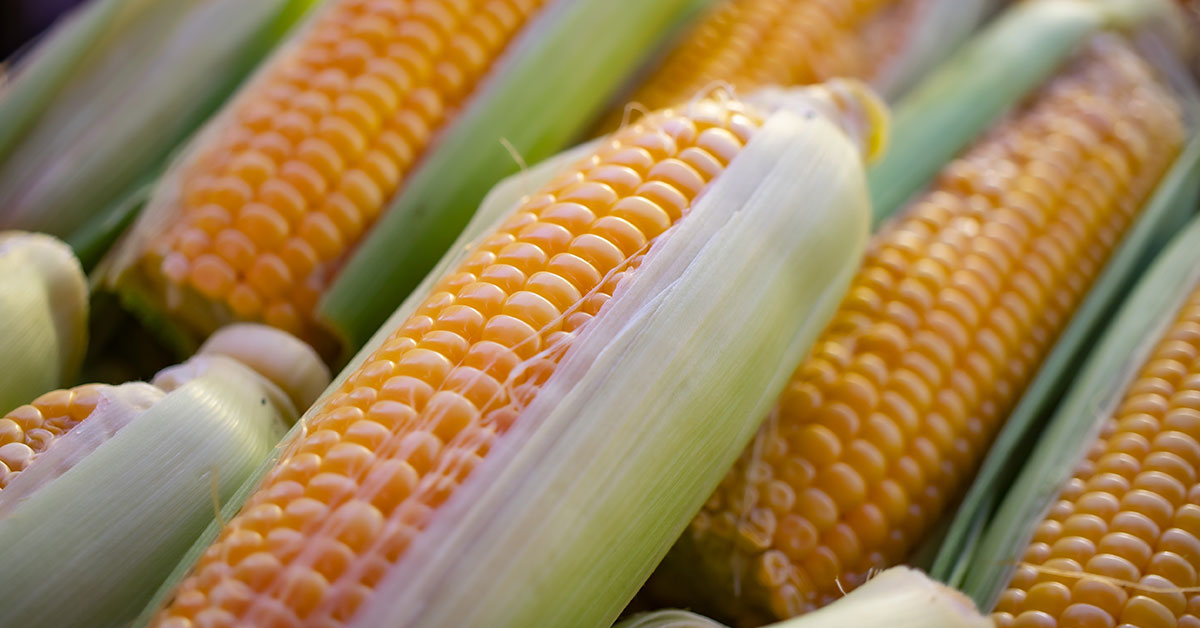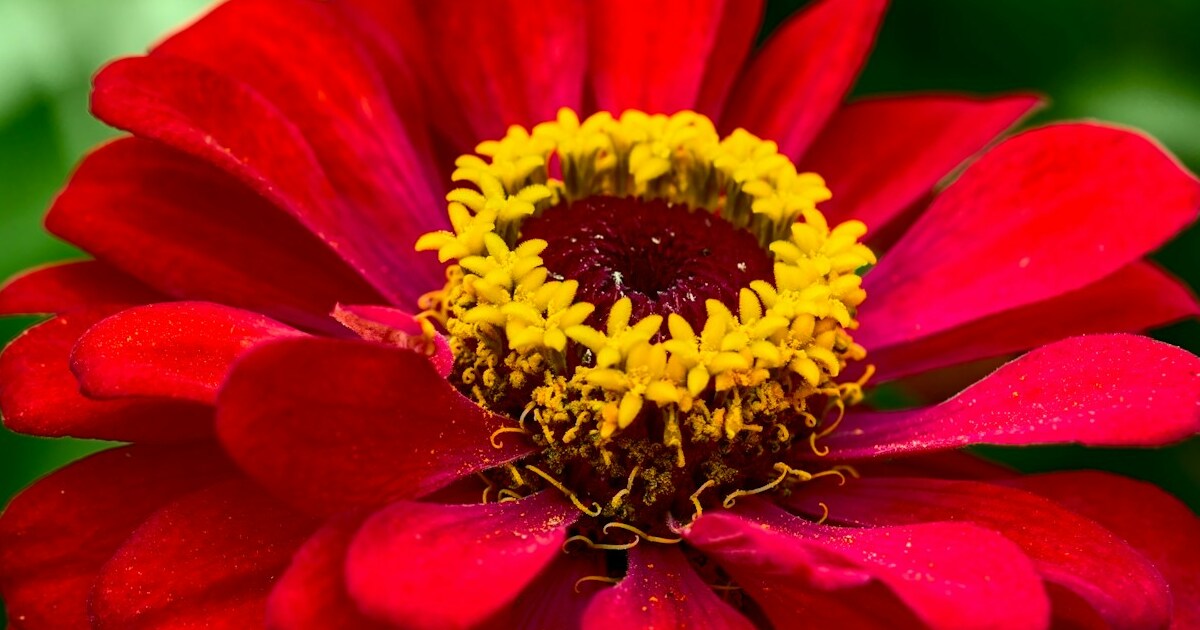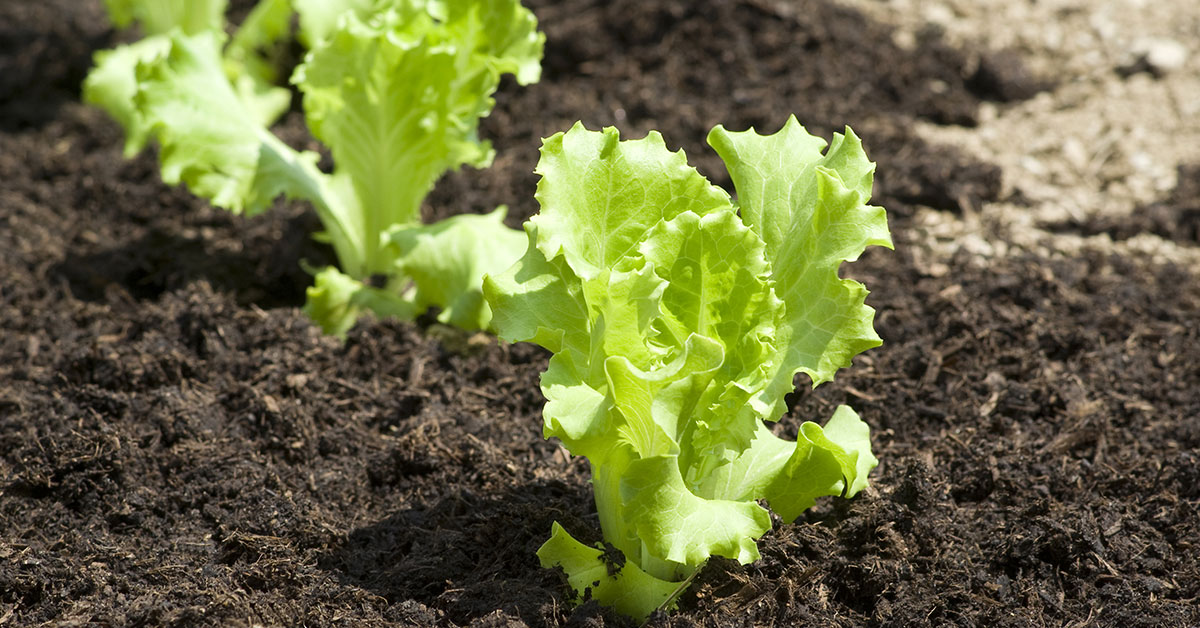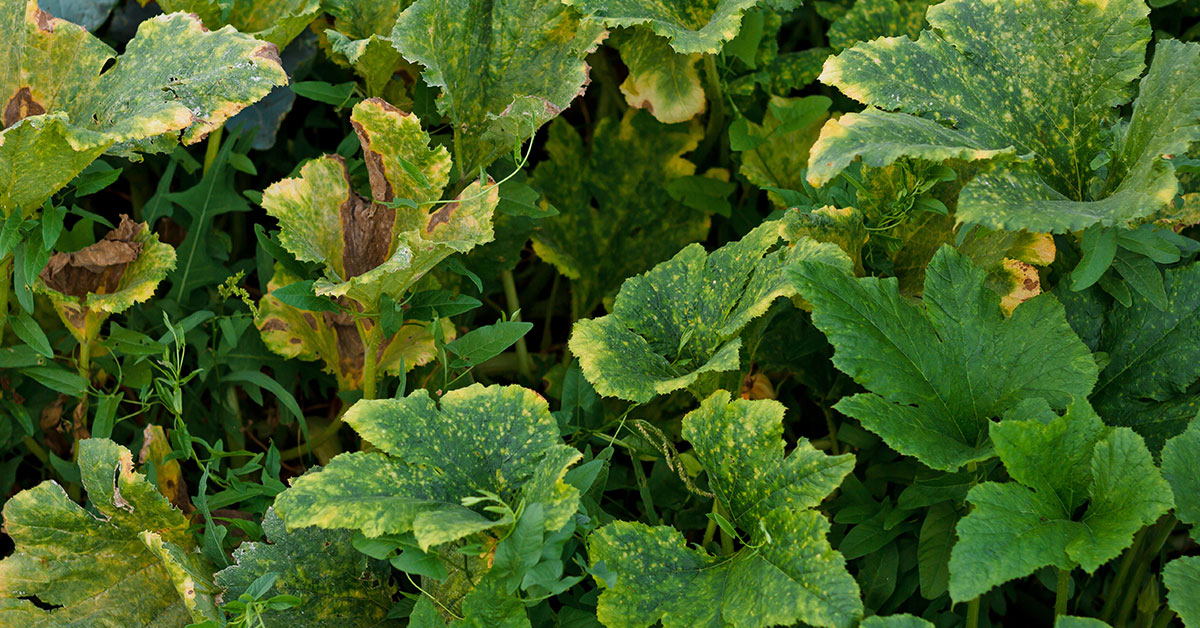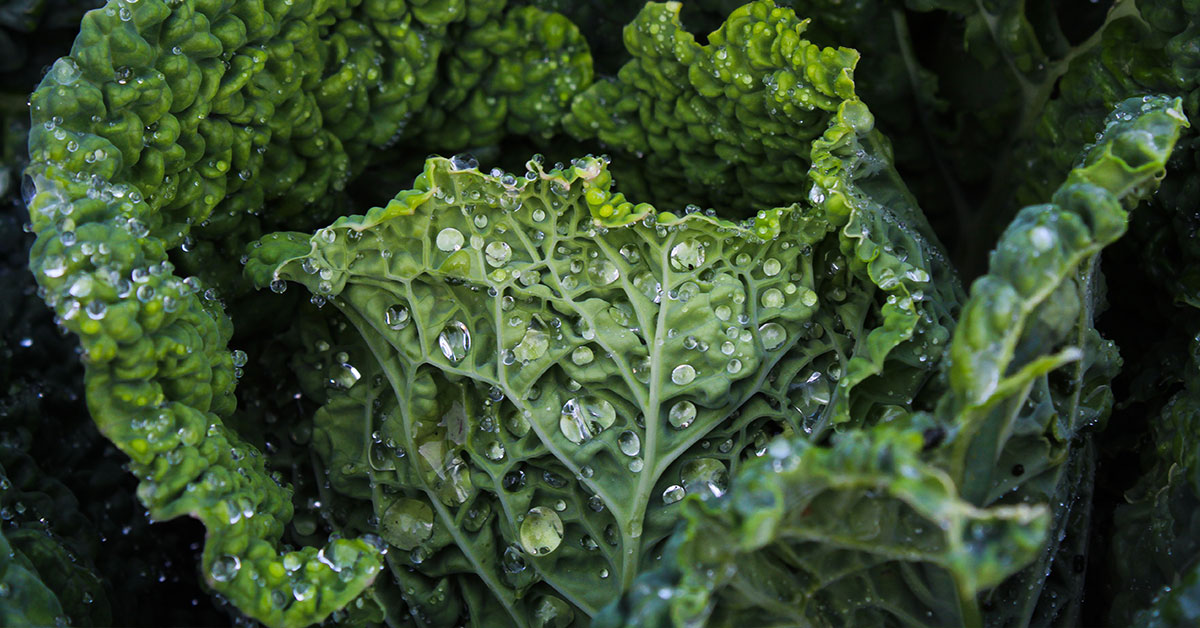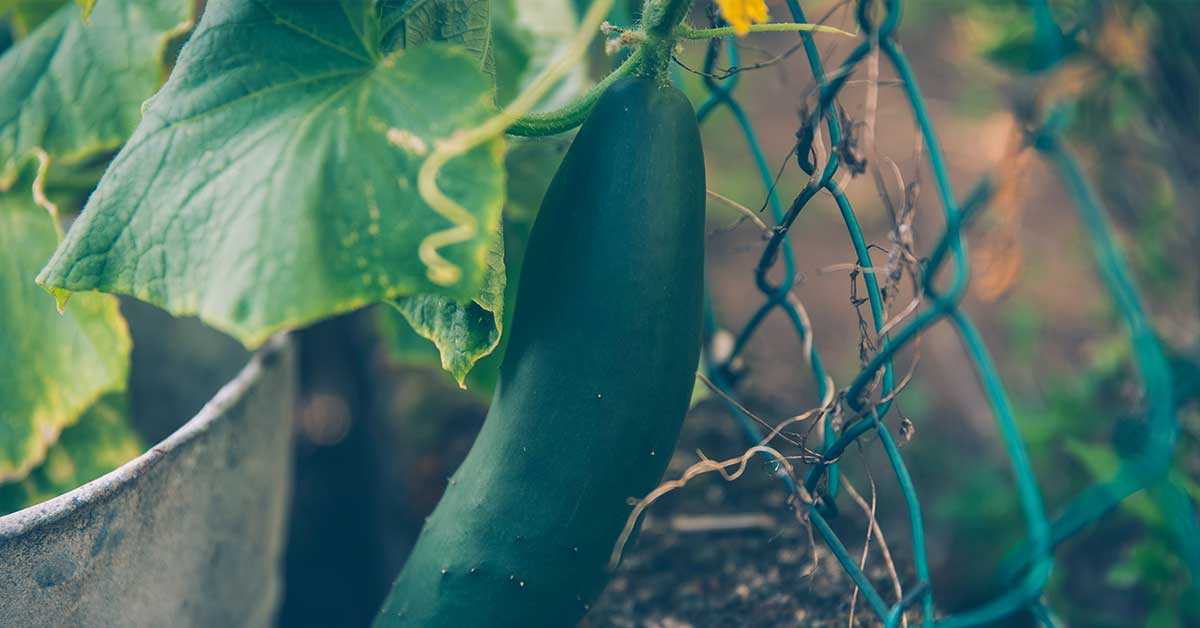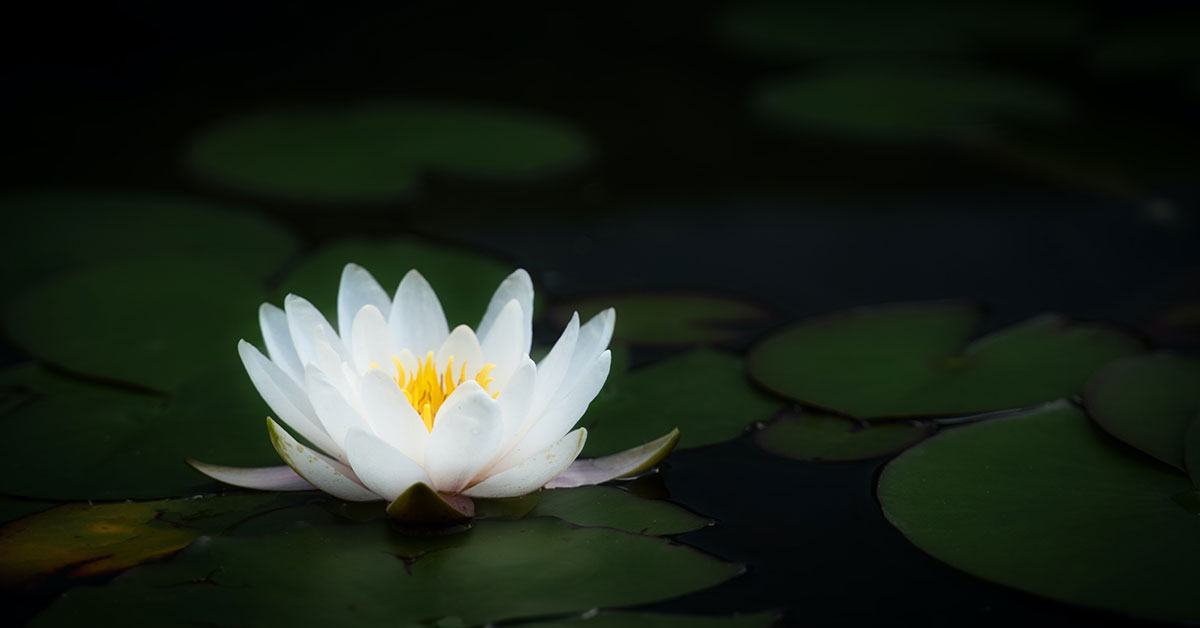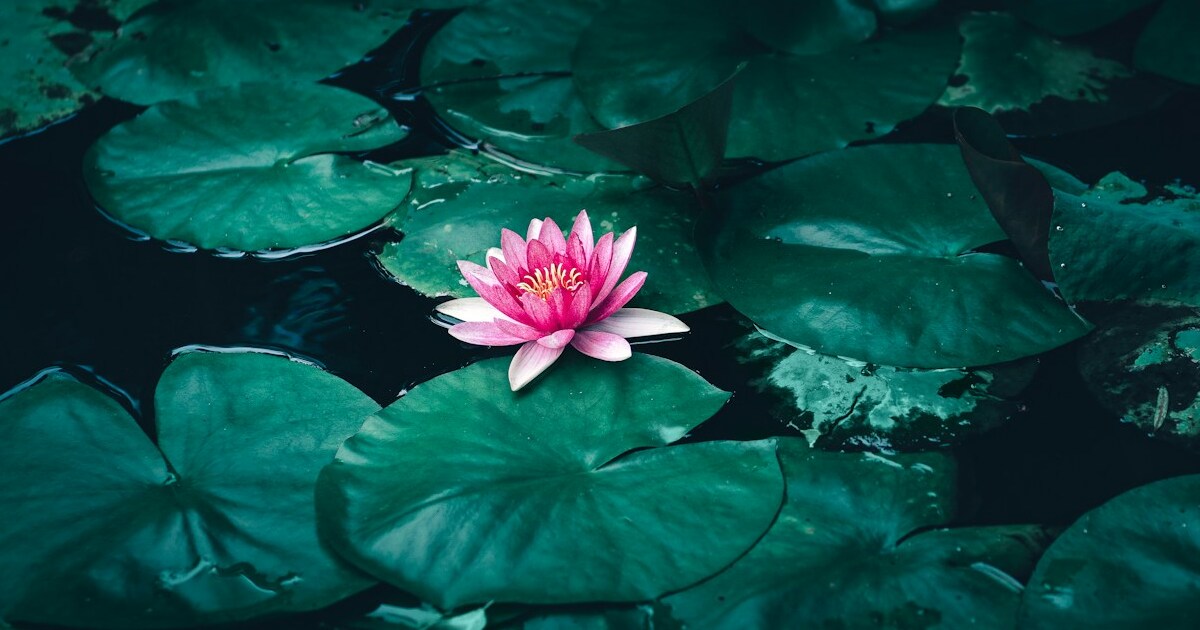I still remember my first gardening attempt in a plot so rocky and sandy, it felt more like a struggling desert than a vegetable bed. I’d dreamed of lush tomatoes and bell peppers, only to have seed after seed fail in that unforgiving dirt. It’s such a bummer when you pour your heart into planting, only to have your plants gasp for nutrients. But through trial and error, I discovered that not every vegetable demands rich, loamy soil—some will happily flourish where others falter, rewarding you with abundance even in the toughest of ground!
If you’ve ever stared at your stubborn patch of clay or lean, gravelly terrain and wondered if anything could thrive there, you’re in the right place. In this article, I’m excited to share fifteen vegetables that laugh at poor soil conditions. We’ll explore each one’s native origins (from the Andean highlands to the Mediterranean coast), their resilience in low-fertility ground, and any sneaky invasive tendencies to watch for. So grab your gardening gloves, and let’s dive into these hardy, low-maintenance vegetables that can turn even the most stubborn dirt into a productive harvest!
Swiss Chard
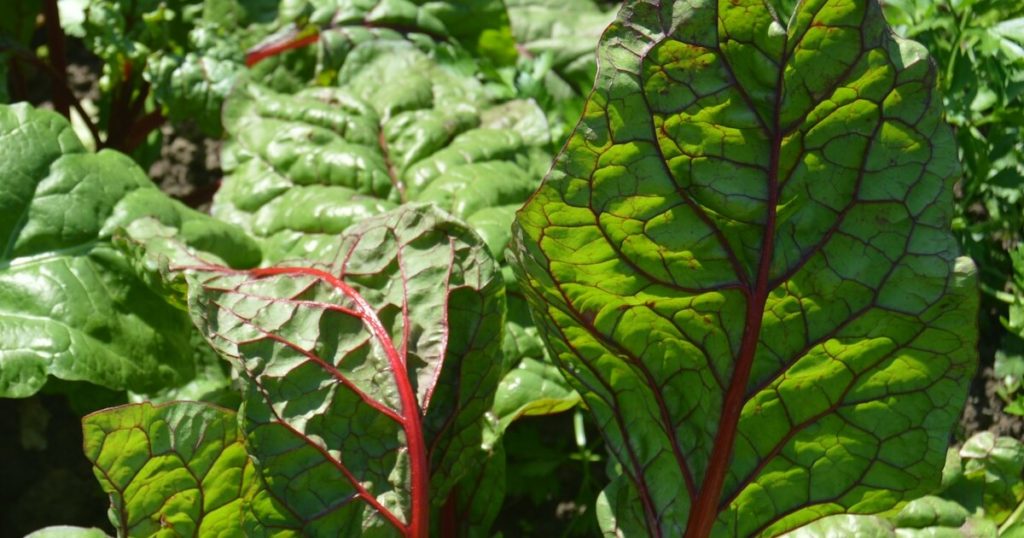
Swiss chard (Beta vulgaris subsp. vulgaris) is a superstar when it comes to tolerating poor, rocky soils. I still chuckle recalling my first chard harvest from a patch where nothing else would grow—its lush, crinkly leaves seemed to appear overnight! Swiss chard’s deep root system can tap into subsoil moisture and nutrients that many shallow-rooted veggies simply can’t reach. Even if your soil is slightly alkaline or has a clay-heavy base, chard will often push right through those conditions, forging a healthy crown of vibrant red, yellow, or white-stemmed foliage.
Native to the Mediterranean region, chard evolved in coastal environments where soils were often sandy and low in fertility. As it matures, chard sends up tall flower stalks that attract beneficial pollinators like honeybees and native solitary bees—one of my favorite summer sights is watching bumblebees burrow into those bright yellow umbels! While Swiss chard is not generally considered invasive, it does self-seed readily if you let some leaves go to seed. For gardeners in cooler climates, simply pull any stray seedlings before they establish, and you’ll enjoy continuous, hassle-free harvests!
Carrots

When I first planted carrots (Daucus carota) in a heavy, gravelly patch, I braced myself for disappointment. But to my surprise, crisp, orange taproots emerged even though the soil was riddled with stones! Carrots thrive in loose, well-draining soils, but certain heirloom varieties—like ‘Scarlet Nantes’—adapt surprisingly well to less-than-ideal conditions. Their long, tapering roots can weave around and between small rocks, reaching deeper moisture pockets that many other veggies can’t access. And when summertime heat scorches a feeble garden, those roots remain insulated just below the surface, making carrots a dependable crop even when the topsoil looks despairingly barren.
Carrots originated in Persia and Central Asia, where they developed tolerance for arid, poor soils. As you thin and harvest carrots, you’ll often spot tiny clusters of ladybugs or lacewings attracted to the feathery carrot tops—they make cozy nesting sites and help keep aphid populations at bay! While wild carrot (Queen Anne’s lace) can be weedy in some regions, domesticated garden carrots are not considered invasive. Just be mindful of planting distance: if a few stray wild carrot seeds blow in from roadsides, they could cross-pollinate with your cultivar, leading to unpredictable flavors. A bit of vigilance keeps your harvest pure and delicious.
Potatoes

Potatoes (Solanum tuberosum) are famously forgiving of poor soils, which is why they’ve been a staple in subsistence gardens for centuries. I still grin thinking back to my first patch of “hobo potatoes,” planted in a pile of backyard rubble—mounds of dirt, broken bricks, and stone. Even in that gritty environment, tubers swelled underground, delivering a satisfying yield of creamy Yukon Golds! Potatoes can be hilled with just a thin layer of composted kitchen scraps over poor dirt, and they’ll reward you with tubers bursting from nearly any loose material.
Native to the Andes Mountains of South America, potatoes evolved in high altitudes with rocky, nutrient-poor soils. Early Andean farmers bred them for resilience, and that legacy persists today—modern potato varieties can handle soils with low organic matter and moderate acidity. Their vines often attract hummingbird moths and beneficial hoverflies, which lay eggs on potato foliage; the emerging larvae feed on pest insects, helping balance the garden ecosystem. While potatoes aren’t invasive, watch out for volunteer plants from leftover spuds—they can pop up in odd places the following season. Just pull volunteer sprouts promptly and compost them if they show signs of disease to keep your garden tidy and healthy.
Collard Greens
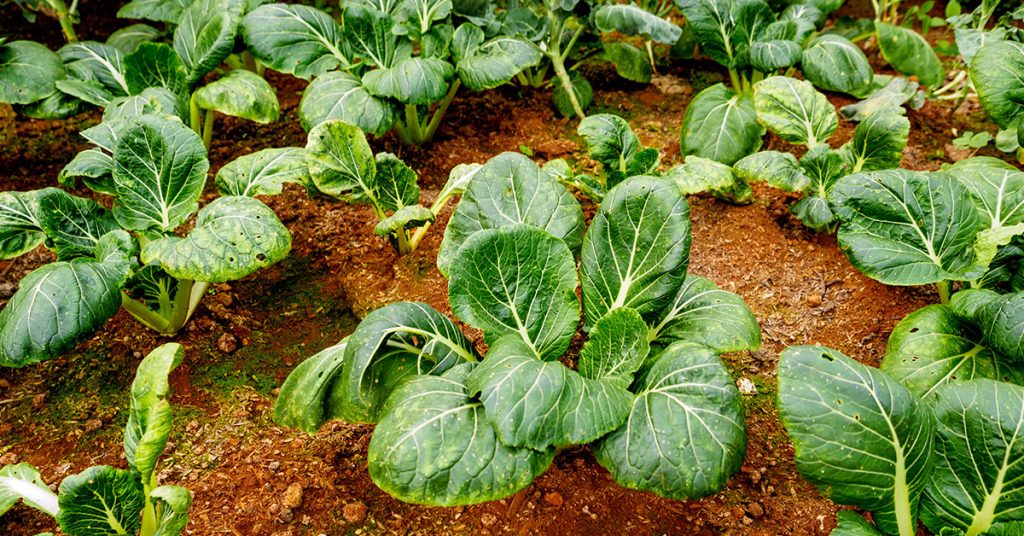
Collard greens (Brassica oleracea var. viridis), the hardy cousins of cabbage and kale, shine in poor soil environments. I still remember planting collards in a patch so depleted even weeds struggled to grow; within weeks, those broad, dark green leaves unfurled as if to wave a victorious flag. Collards can tap into scant soil nutrients, especially when you give them a light side-dressing of compost mid-season. Even under drought stress, collards maintain tender leaves that taste surprisingly sweet once frost hits—those low temperatures convert starches to sugars, elevating the flavor!
Hailing from the Mediterranean region, collards evolved in rocky, limestone-rich soils that drain quickly and offer minimal fertility. Their thick, waxy leaves reduce water loss and make them less susceptible to wilting in lean ground. Collards attract predatory insects like lady beetles and parasitic wasps, especially when you let a few plants bolt and flower; those white umbels become a humming hub of beneficial activity! While collards aren’t invasive, they can cross-pollinate with other Brassicas (like kale or cabbage), so keep different varieties at least a few hundred feet apart if you’re saving seed. That way, you’ll preserve true-to-type crops season after season!
Radishes

Radishes (Raphanus sativus) are little dynamos that often thrive where larger vegetables fail. One spring, I tossed radish seeds into a patch of dusty, compacted earth just to fill space, thinking they’d likely fizzle. To my delight, slender red and pink roots pushed up robustly in under a month! Radishes have a shallow, fibrous root system perfect for exploring thin topsoil, pulling moisture and nutrients from scarce pockets. Their quick maturity—often ready to harvest in as little as 25 days—means you can sow successive plantings all season long, reaping crisp bites even in marginal beds.
Originating in Southeast Asia, radishes adapted to diverse climates and soil types, from cool mountain slopes to lowland plains. When radish flowers explode into bloom, they attract bees and hoverflies, which help keep your vegetable patch buzzing with beneficial pollinators. While most culinary radishes aren’t considered invasive, their wild relatives sometimes escape into disturbed soils and roadsides. If you let radishes go to seed, you’ll easily share their pungent, peppery offspring with neighboring plots—so harvest promptly or pull any bolting plants to maintain tidy rows and consistent flavor!
Kale
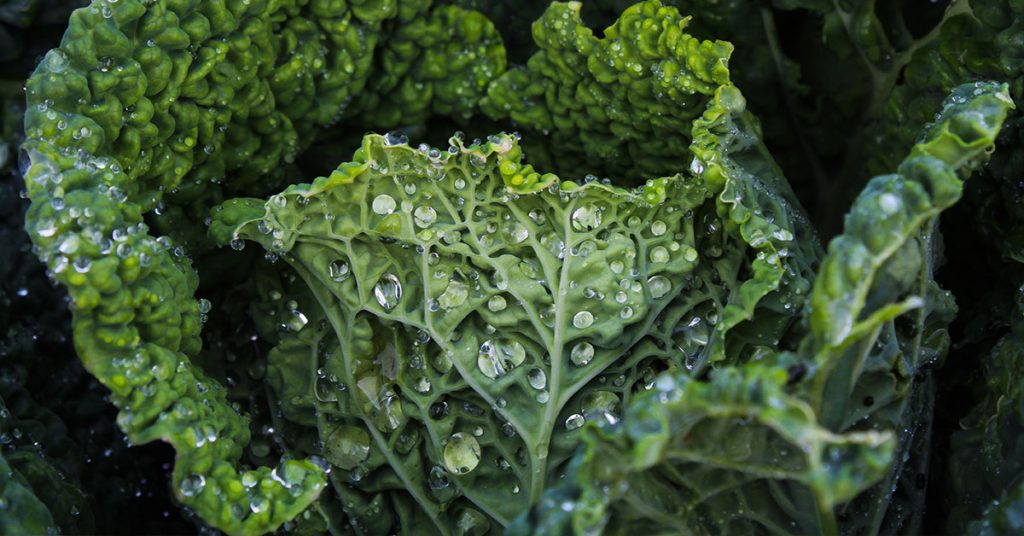
Kale (Brassica oleracea var. sabellica) is practically synonymous with the phrase “easy to grow,” and it performs admirably in poor soils that would leave many veggies begging for mercy. I once planted kale in a bed so lean it reminded me of concrete, and those curly leaves still swelled into inches-thick rosettes! Kale’s deep root system breaks through compacted layers, drawing moisture and nutrients from deeper horizons. Even when other greens fade in summer’s heat, kale soldiers on, bearing rough, juicy leaves that improve in flavor after a light frost.
Like its collard cousins, kale hails from the eastern Mediterranean, where rocky, sun-baked soils were the norm. It evolved thick, protective leaves to conserve water—a trait that serves it well in nutrient-poor beds. When kale bolts and flowers, it often hosts beneficial lacewings and parasitic wasps, which prey on aphids and caterpillars. Though kale isn’t invasive, it readily cross-pollinates with other Brassicas if you’re saving seed—so separate varieties by distance or harvest seedpods early. That way, your kale progeny will remain just as vigorous as the parent plant that first inspired your awe!
Onions
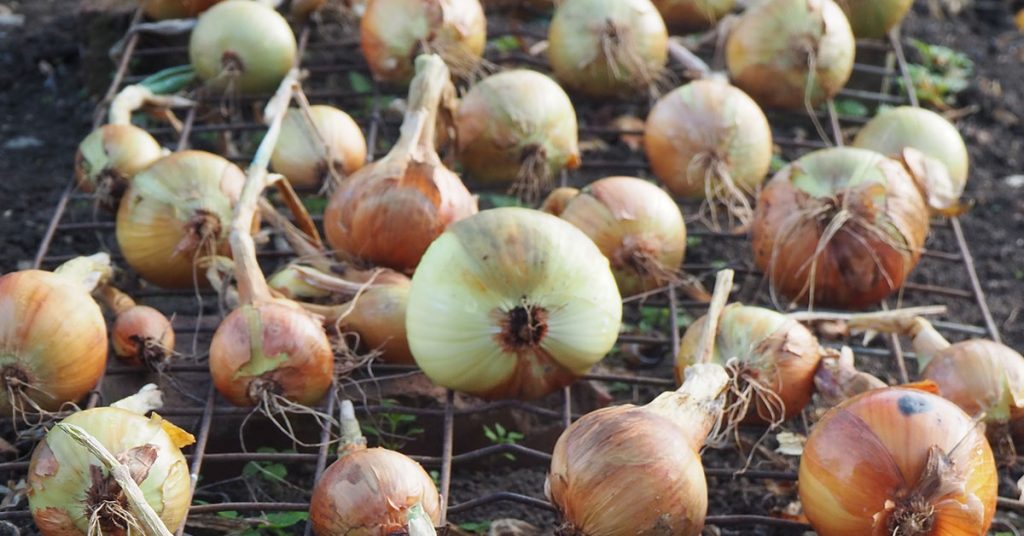
Onions (Allium cepa) can be surprisingly tolerant of low-fertility soils, especially if you choose hardy varieties like ‘Walla Walla’ or ‘Red Baron.’ I still recall setting out onion sets in a patch so depleted of organic matter, it cracked like parched clay—but by midsummer, tapered bulbs peeked through the surface, promising a satisfying harvest. Onions have a fibrous root network that’s skilled at mining minerals from sparse dirt, and as long as they get moderate moisture, they can bulk up bulbs even where fertility is limited.
Onions are believed to have originated in Central Asia, growing wild in rocky, limestone outcrops. Over centuries, they adapted to everything from dry hillside soils to floodplain clays, making them true all-around survivors. Their umbrella-like flower umbels attract hoverflies and predatory wasps, which often set up nesting in nearby plant debris, helping control pests like aphids in adjacent beds. While onions aren’t considered invasive, be mindful of wild alliums (like Allium vineale) that can pop up uninvited and cross-pollinate with your cultivars. Remove any wandering seedlings promptly to keep your onion patch pristine!
Mustard Greens
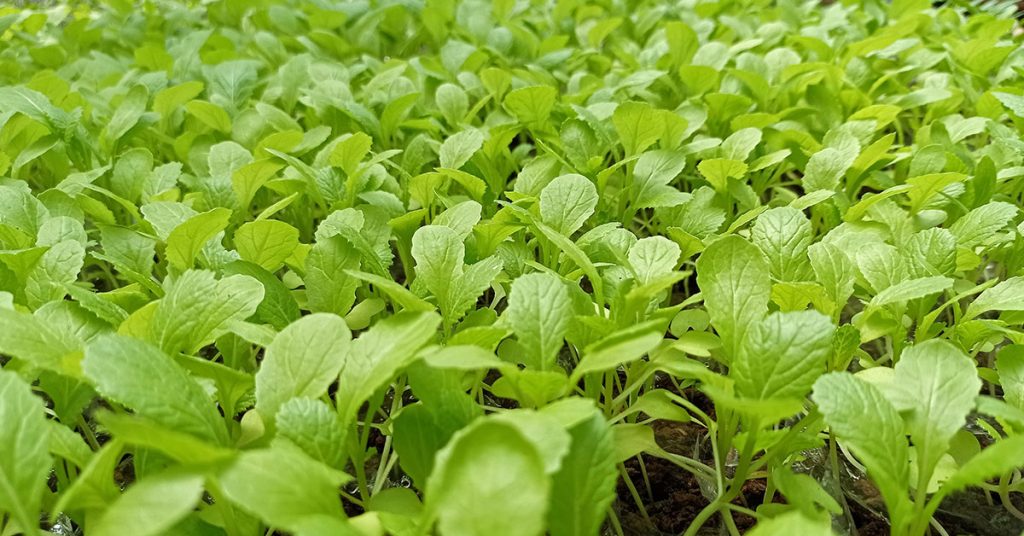
Mustard greens (Brassica juncea or Brassica rapa) excel in soils where other greens flounder, quickly producing lush, peppery leaves even in lean ground. I once planted mustard in a patch of subsided fill dirt, thinking the seeds would starve. Instead, vibrant green leaves shot up everywhere! Mustard’s quick root development means it can access deeper moisture, and its rapid growth cycle—sometimes as little as 30–40 days to maturity—means you can rotate plantings to keep weeds at bay. Their strong taste also deters many pests; I’ve frequently found garden snails turning away from mustard leaves in search of milder fare!
Originating in the Mediterranean and parts of Asia, mustard has thrived for millennia in poor soils and challenging climates. When mustard bolts, its bright yellow flowers are magnets for beneficial hoverflies, syrphid flies, and even solitary bees, offering them pollen and nectar when few other plants bloom. However, mustard can be a bit rambunctious if left to seed—volunteer seedlings sprout vigorously in cracks and edges. To avoid an unintended mustard takeover, harvest greens early or mow down any flowering stalks before they set seed. That way, you’ll enjoy all the spicy goodness without worrying about it spreading beyond its bed!
Beets
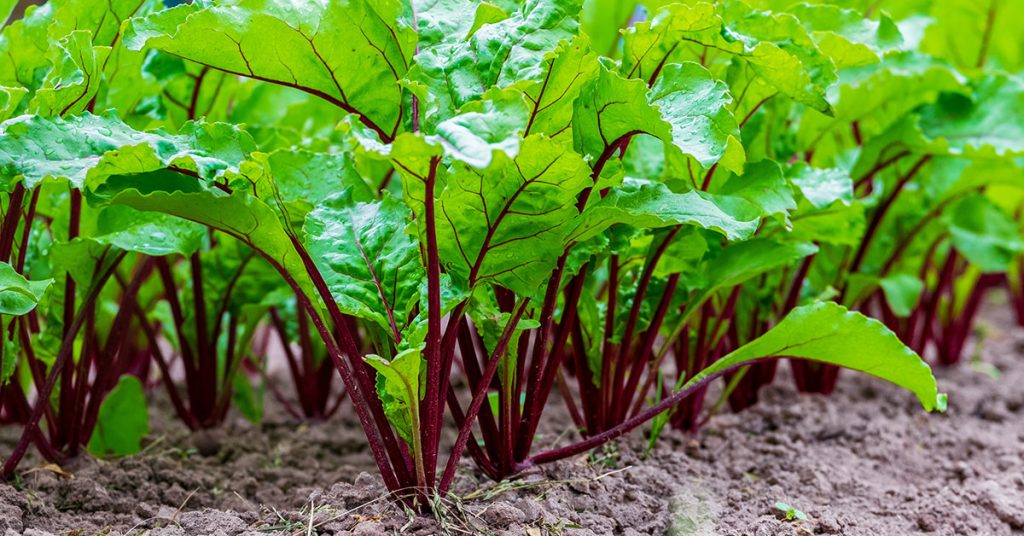
Beets (Beta vulgaris) are remarkably forgiving of lean, rocky soils—especially varieties like ‘Chioggia’ or ‘Detroit Dark Red.’ I once sowed beet seeds in a surprisingly stony patch next to an old shed foundation, fully expecting tiny seedlings to falter. To my delight, tapered roots pushed through the grit, swelling into perfectly edible spheres! Beets develop a shoot-like taproot system that can weave around small obstacles, mining water and nutrients from crevices that other vegetables can’t access.
Wild beet ancestors hail from the Mediterranean, flourishing in coastal calcareous soils with minimal organic content. Today’s cultivars retain that hardy heritage, often setting vibrant hue after hue—from creamy gold to deep mahogany—no matter how poor the ground. When beets bolt and flower (if you leave a root or seed stalk for the birds), they produce umbels that attract all kinds of beneficial insects, from parasitic wasps to lady beetles, encouraging natural pest control in your garden. While beets don’t generally spread invasively, volunteer seedlings can pop up if you leave roots behind in the ground. Dig carefully at harvest and compost any excess roots to keep the patch tidy!
Turnips

Turnips (Brassica rapa subsp. rapifera) are true masters of adaptability, thriving in poor, compacted soils that would discourage many root vegetables. I tried turnips in a patch of nearly solid clay, expecting them to choke on the lack of drainage. Instead, elongated white roots teased their way through, delivering a sweet, earthy flavor after a cool fall frost. Turnips’ shallow root systems exploit thin layers of topsoil, and their hardy greens provide a second harvest of mustardy leaves that can be sautéed or tossed in salads.
Native to temperate regions of Europe and Asia, turnips evolved in fields where soil fertility was traditionally low, making them stalwart companions to early settlers who relied on them when richer soils ran out. Insects like the cabbage butterfly often lay eggs on turnip foliage, so watch for little green caterpillars nibbling on leaves. However, beneficial satyr butterflies and certain solitary bees also visit turnip flowers when they bolt, adding biodiversity to your otherwise tough garden bed. While turnips themselves aren’t invasive, leave a flower stalk or two for the bees and then pull them before seed set to avoid volunteer seedlings crowding next year’s beds!
Garlic
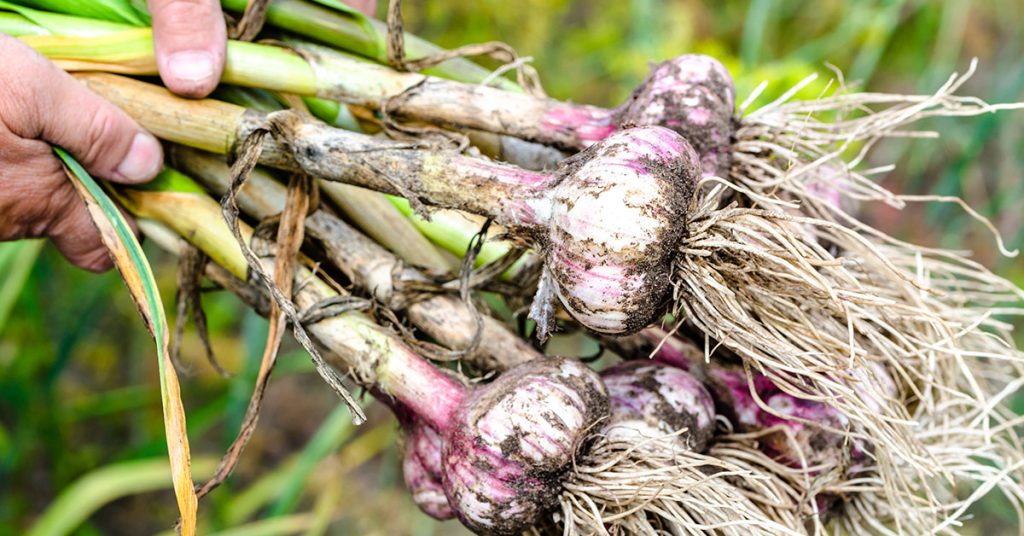
Garlic (Allium sativum) is a staple in many poor-soil gardens because it can convert humble ground into fragrant, edible bulbs. I recall tucking cloves into a patch that barely had any compost, just as an experiment—and the results were astonishing: plump, pungent heads of ‘Music’ garlic ready by midsummer! Garlic’s low nutrient requirements and ability to scavenge through lean soils make it a low-fuss prospect. Its natural sulfur compounds also deter many pests; planting garlic near other crops can even help ward off beetles and aphids, making it a garden multitasker.
Originally domesticated in Central Asia’s rugged landscapes, garlic evolved near mountain valleys where soils were rocky and thin. As it matures, its tall, curling scapes attract beneficial hoverflies and lacewings, which lay eggs that hatch into voracious aphid-eaters. While garlic itself isn’t invasive, some wild Allium species can be weedy if they escape cultivation. To avoid unexpected allium offspring, harvest garlic before it fully flowers or remove flower stalks promptly. That way, you’ll keep your garden neat and continue to enjoy aromatic bulbs year after year!
Sweet Potatoes
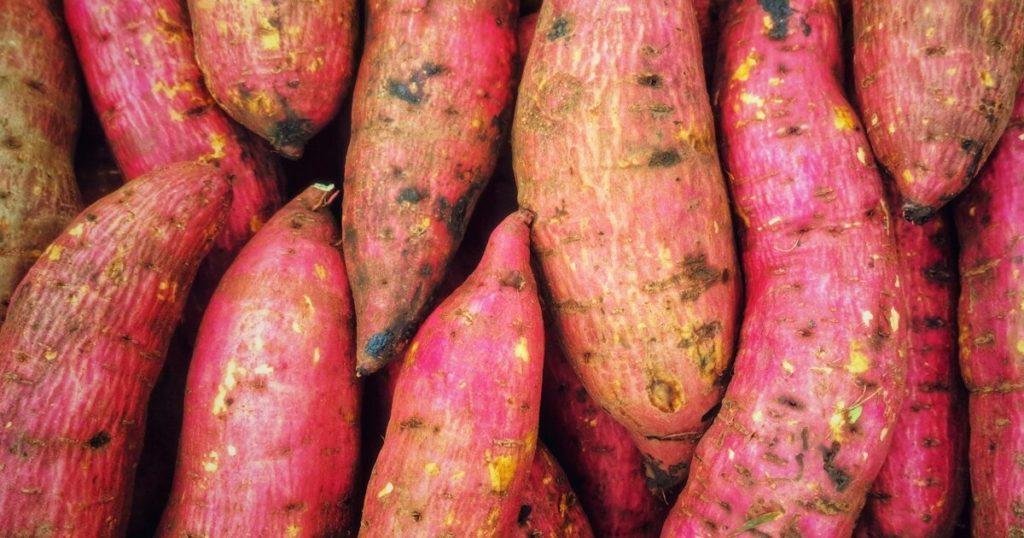
Sweet potatoes (Ipomoea batatas) are wonderfully undemanding of soil quality—so long as the ground drains reasonably well. I once planted slips in a sun-baked patch that had little more than sandy, root-strewn dirt. By late summer, sprawling vines had taken over, and beneath them, deep-orange tubers had formed in spite of those lean conditions! Sweet potatoes thrive on minimal inputs, sending their slender roots deep in pursuit of moisture and nutrients. I love the moment when I slip off a mature sweet potato and see its vivid flesh—truly a reward for planting in soil most people would have given up on!
Hailing from the tropical Americas, sweet potatoes evolved in regions where rain patterns could be erratic and soils often sandy. Their broad, heart-shaped vines provide excellent groundcover, shading out many aggressive weeds that otherwise sprout in poor soils. When sweet potato flowers bloom—rare in cooler climates—they offer nectar to hummingbird moths at dusk, making for a magical evening spectacle. While sweet potatoes aren’t strictly invasive, their vigorous vines can root at nodes if not confined. Keep them in check by giving each plant ample space or containing them in raised beds to prevent them from wandering into other crops!
Rutabaga

Rutabagas (Brassica napus subsp. rapifera) combine the resilience of turnips with the richer flavor of cabbage, and they handle weak soils remarkably well. I ventured a planting of rutabaga in a neglected corner that had seen years of foot traffic—compacted, dry, and nearly devoid of nutrients. To my astonishment, purple-topped roots swelled beneath the surface, ready for harvest by early winter! Their fleshy taproots can penetrate layers of hardness, extracting every last drop of moisture and nourishment. Even under drought stress, rutabagas remain firm, sweet, and satisfying.
Derived from a cross between turnips and cabbage, rutabagas trace back to northern Europe—regions where soils were often cool, clay-heavy, and infertile. As such, they evolved robust storage roots that endure cold snaps and poor fertility. When rutabaga plants flower (if you allow them to overwinter and bolt), their bright yellow blossoms attract a host of beneficial pollinators, from solitary bees to parasitic wasps. Since rutabaga seed pods can self-sow if left unchecked, it’s wise to pull spent flowering stalks before seed drop. That way, you’ll enjoy a bountiful harvest without accidental spread into your spring beds!
Arugula
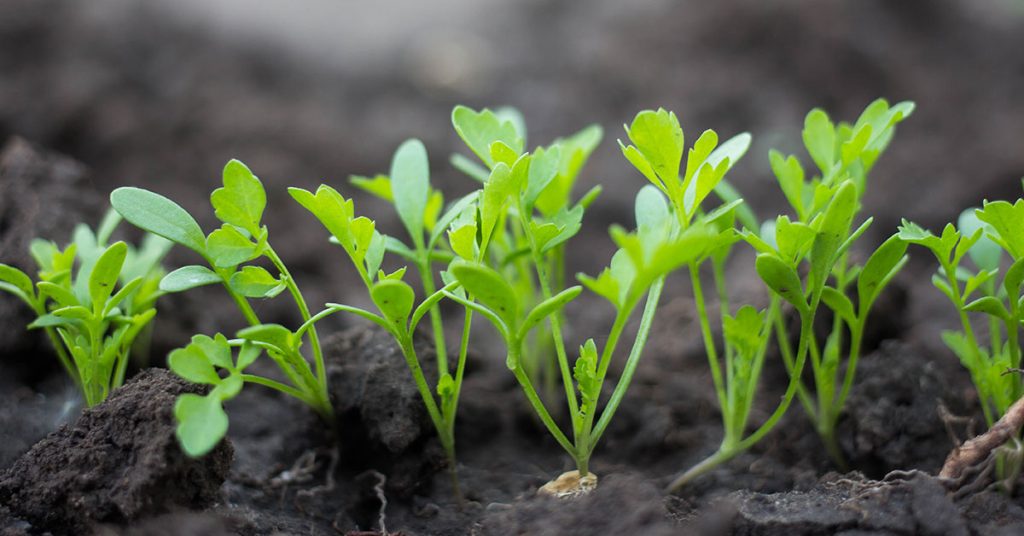
Arugula (Eruca vesicaria), also known as rocket or roquette, is a fast-growing salad green that laughs at lean, crumbly soils. I remember tossing arugula seeds onto a lean bed where I’d given up on everything else; within two weeks, peppery leaves formed a lush mat that practically sang “harvest me!” Arugula’s shallow roots can forage in thin layers of soil, gathering just enough moisture and nutrients to develop crisp, zesty foliage. Even when birds or pests nibble at the edges, those deep taproots help arugula regrow leaves swiftly, making it one of my go-to fill-in greens for bare patches.
Native to the Mediterranean region, arugula evolved in rocky, limestone-rich terrains where competitors were few. Its natural tang and bold flavor deter many herbivores, but I’ve seen bumblebee queens nest in fallen leaf litter around dense arugula patches—those warm bits of composted debris become perfect nursery sites! While arugula self-seeds readily (delighting you with a free crop each spring), it rarely becomes aggressively invasive—simply pull volunteer seedlings if they pop up in unwanted places. Otherwise, you can enjoy successive harvests of peppery greens, even when your soil seems uninspiring!
Jerusalem Artichoke
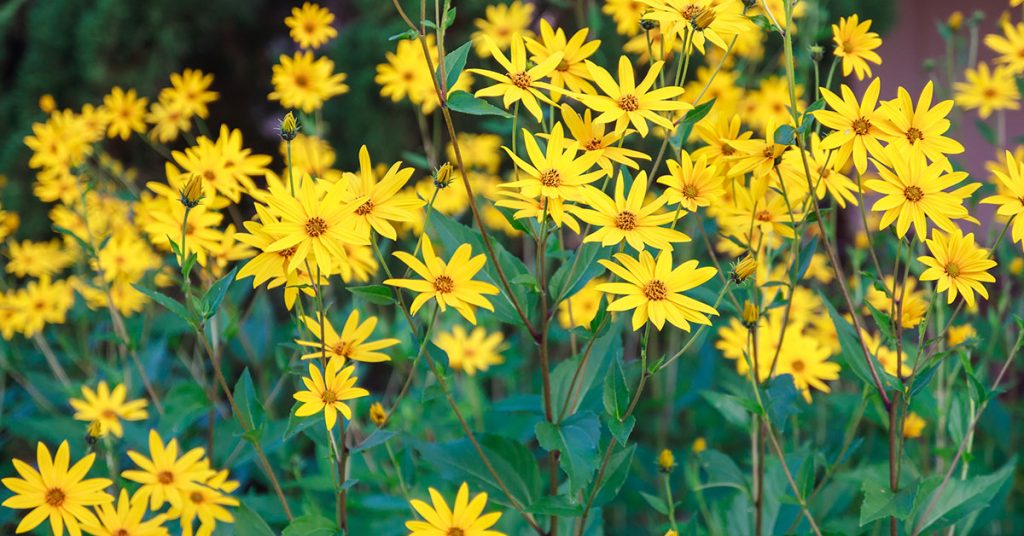
Jerusalem artichoke (Helianthus tuberosus), also called sunchoke, is one of the toughest veggies you can grow in almost any soil. I once planted tubers in a gritty, sand-laden patch where even grass struggled—by fall, a sea of tall, sunflower-like stalks towered overhead, their spiraling leaves attracting hummingbirds and bees alike. Underground, knobby tubers formed in abundance, yielding a crunchy, nutty harvest even though the soil had barely any organic matter. Jerusalem artichokes tap into subsoil moisture and can handle drought far better than most root crops.
Native to central North America, Jerusalem artichokes evolved in prairies and woodlands with variable soils and moisture. Their vigorous rhizomatic growth pattern lets them spread rapidly—almost too rapidly! While I love how they attract curious ground squirrels and woodchucks that help aerate the soil as they dig for tubers, you must plant them in a dedicated bed or use root barriers to prevent runaway invasions. If you’re not careful, those tubers can give rise to dense thickets that quickly crowd out other plants. But when managed properly, Jerusalem artichokes are a guaranteed yield, even in the poorest soils.


